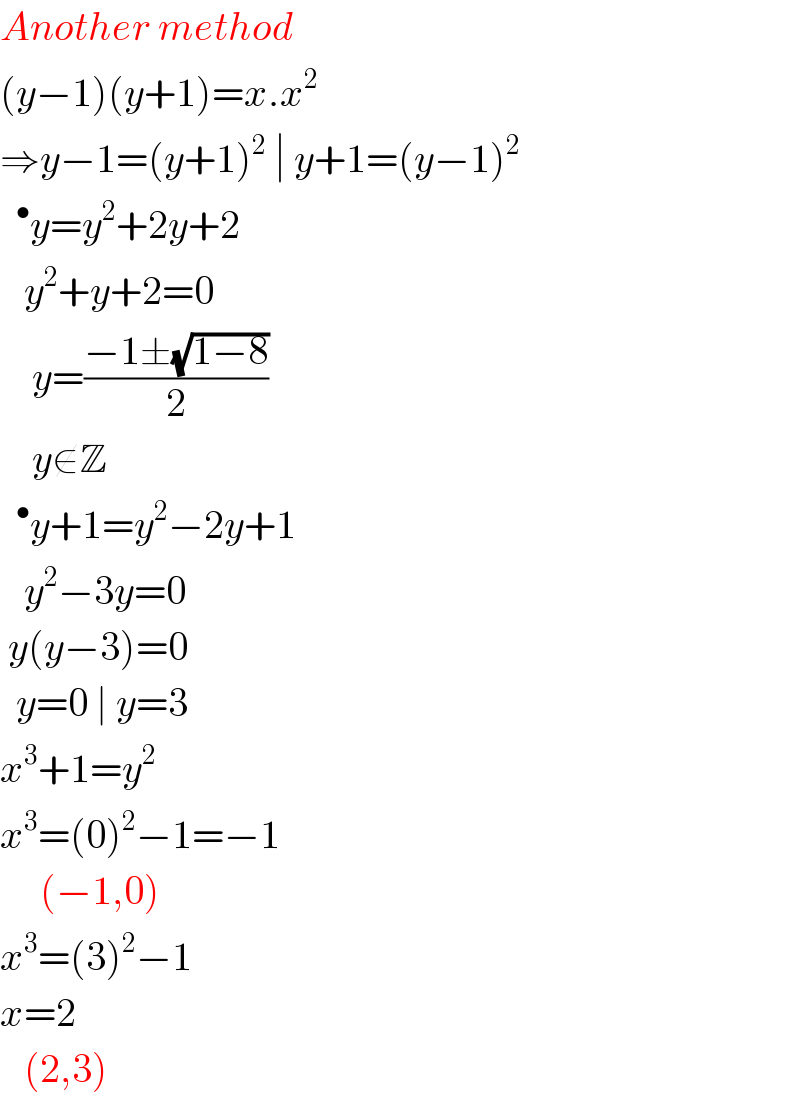
Question and Answers Forum
Question Number 98602 by bemath last updated on 15/Jun/20
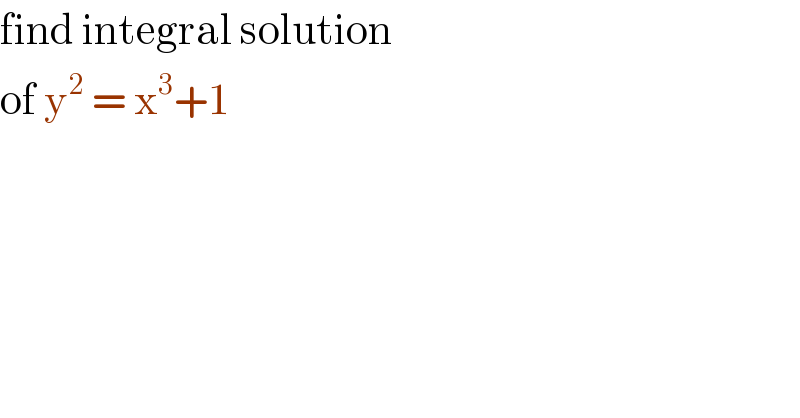
Commented by bemath last updated on 15/Jun/20

Commented by Rasheed.Sindhi last updated on 15/Jun/20
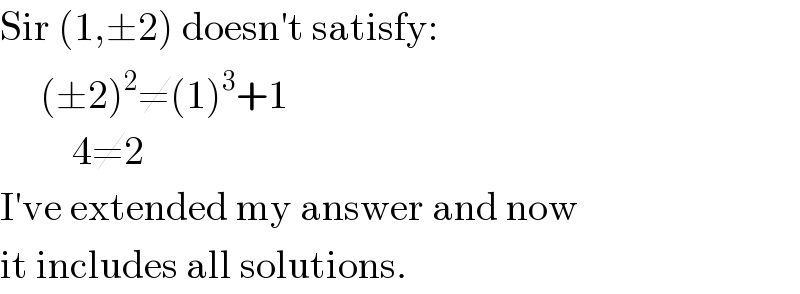
Commented by Rasheed.Sindhi last updated on 15/Jun/20
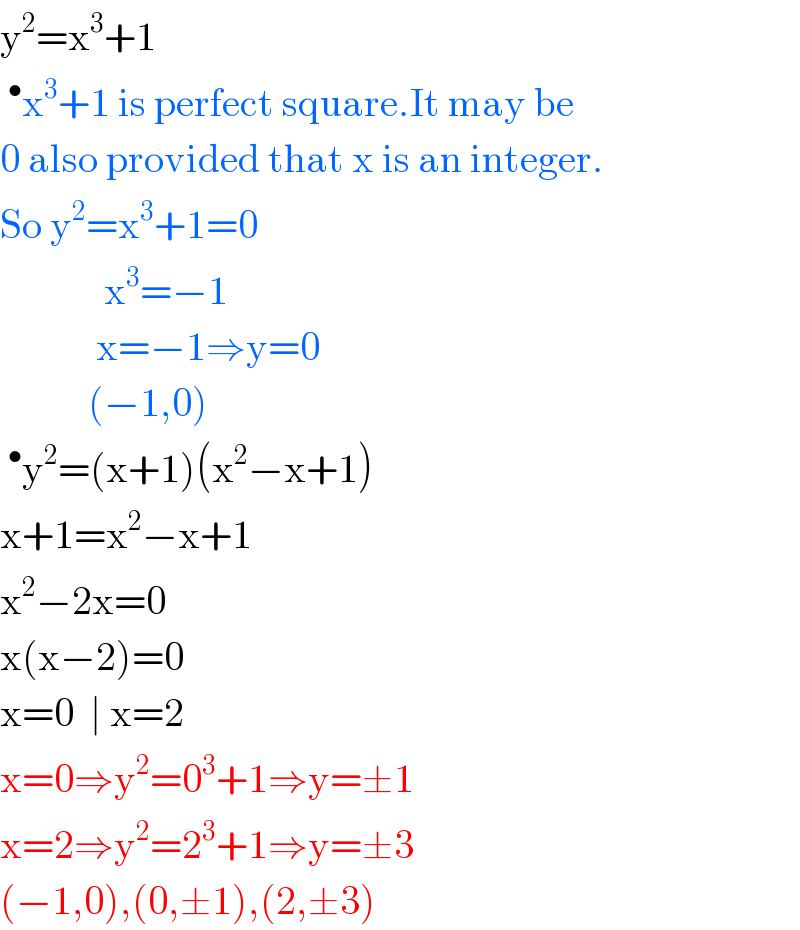
Commented by bemath last updated on 15/Jun/20

Commented by 1549442205 last updated on 15/Jun/20

Commented by Rasheed.Sindhi last updated on 15/Jun/20

Answered by Rasheed.Sindhi last updated on 17/Jun/20
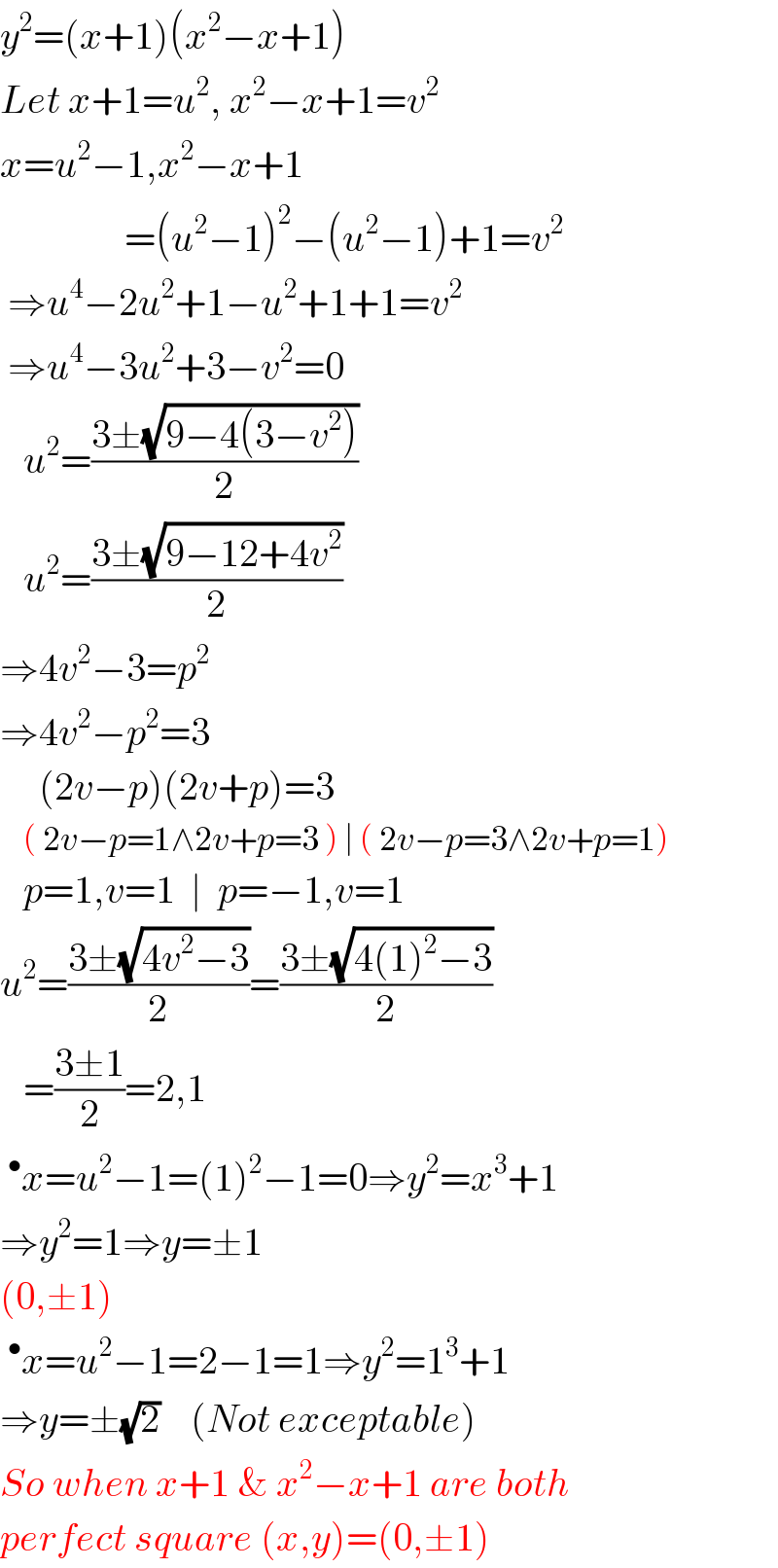
Answered by Rasheed.Sindhi last updated on 18/Jun/20
